In this episode of 7 Minutes of BS, host Dan Morrison, who heads our sister publication Pro Trade Craft, is joined by Jonathan Smegal of RDH Building Science Laboratories to talk “heat flow”—or “the movement of heat energy between objects from a hot temperature to a cold temperature,” as Morrison describes in his opening.
In the discussion, Smegal explains the unique ways in which heat moves. “We know that heat moves from hot to cold, but it’s not always clear on how it moves,” says Smegal. “It moves in one of three ways, either by conduction, convection, or radiation.”
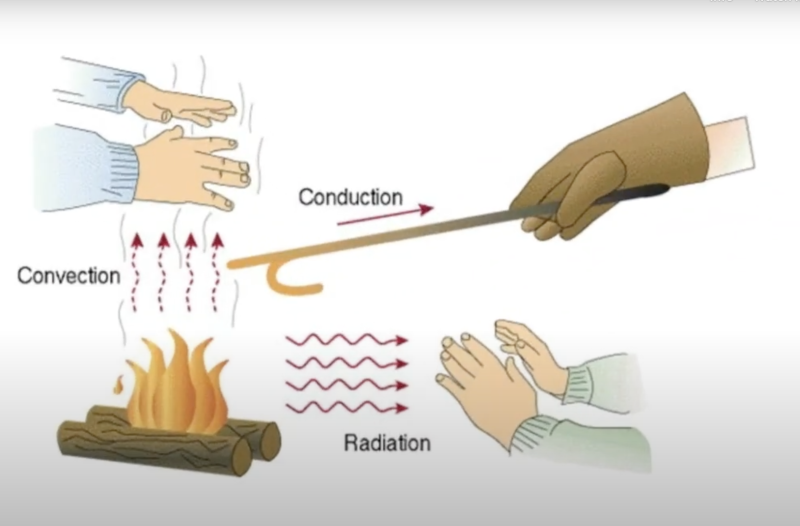
The three modes of heat transfer could change through a wall assembly, and end up acting in series, or even in parallel depending on the type and complexity of the wall assembly.
Image: Pro Trade Craft
Heat Movement by Conduction
Calling conduction the “probably best understood of the three,” Smegal explains the process as “simply the transfer of heat through molecular contact,” which he then further simplifies as “a geeky way of saying two things of different temperatures are touching and heat transfers from hot to cold.” It’s why touching a hot pan burns your fingers.
Heat Movement by Convection
Convection, according to Morrison, is “a process of moving heat through fluids.” He adds that “In construction, those fluids are usually air or water.”
Smegal references pumps that move heated fluid into radiators or radiant floors and heat pumps. “Another example is using fan-coil units, or an air handler unit to push warm or cool air around the building to transfer heat that way.”
The bigger role convection plays in construction, though, happens in the building enclosure.
“Even for what might seem like small airflows, especially in a well-insulated enclosure, this convection, this air movement across the building will dominate the heat loss across the enclosure,” Smegal says.
Heat Movement by Radiation
The third and final mode of heat transfer discussed is radiation, which Smegal describes as “a bit more complicated to understand because you can’t observe it in ways that you could observe conduction or convection.”
Still, Smegal does his best to describe it in simple terms.
“Radiation heat transfer is just two surfaces of different temperatures that are radiating through space to try to even out the temperature difference between those two surfaces,” he says. “If you have a warm surface and a cold surface, and they can see each other, they will try to come to an equilibrium temperature by radiating heat or cold to each other.”
Morrison gives the example of standing next to a cold wall. “You can feel the cold, even without touching it because your heat is radiated away,” he says. “The cold wall literally sucks heat away from you.”
Why Heat Flow is Important in Construction
When thinking of the relevance of heat flow in construction, the best way to understand it is in terms of impact and mitigation.
“The biggest reason to control heat flow in buildings is for occupancy comfort,” Smegal explains, adding that it will also impact operational expenses, because mismanaging heat flow can mean higher energy expenses.
In mitigating those risks, Smegal suggests different actions for different environments.
“In colder climates, heat flow reductions are typically done by specifying higher R-values of insulation and higher airtightness values to minimize both the largest sources of conduction and convection heat losses,” he says. “In warmer more southern climates, solar control is typically the key to thermal control and comfort. Air tightness is important, but as a generalization, air tightness is not as critical, and the R-value levels do not need to be as high to maintain interior comfort.”

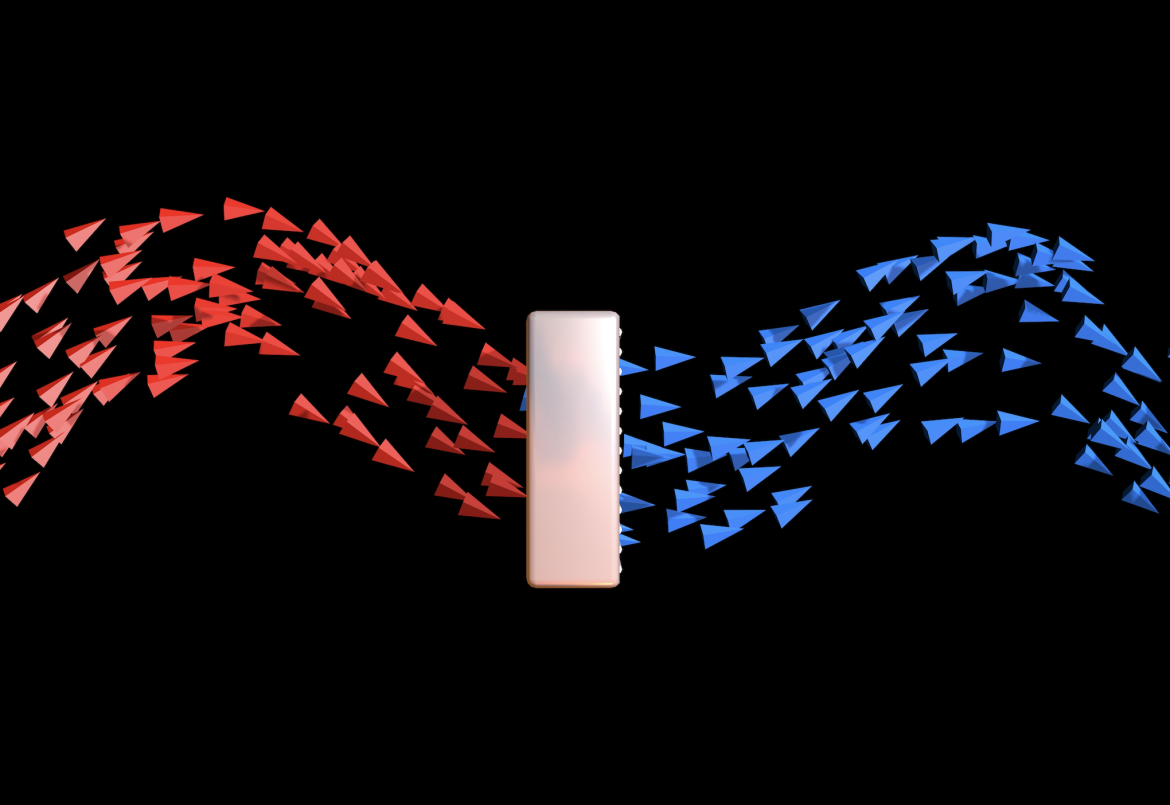

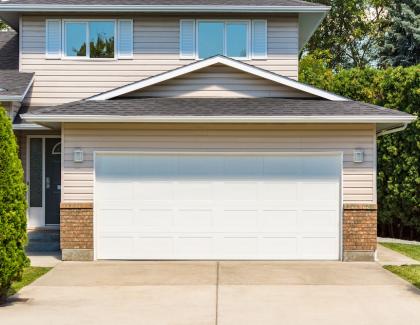
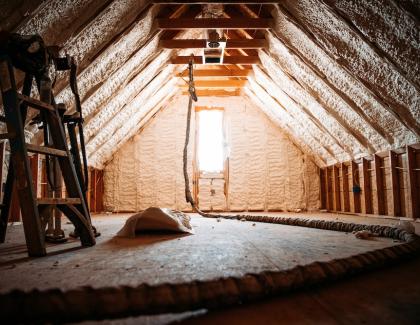
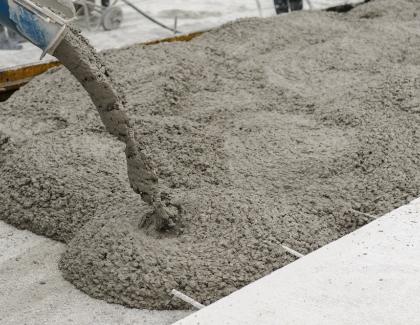
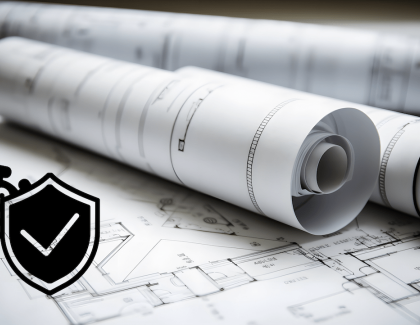
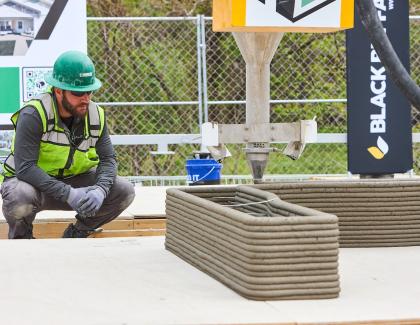
Add new comment